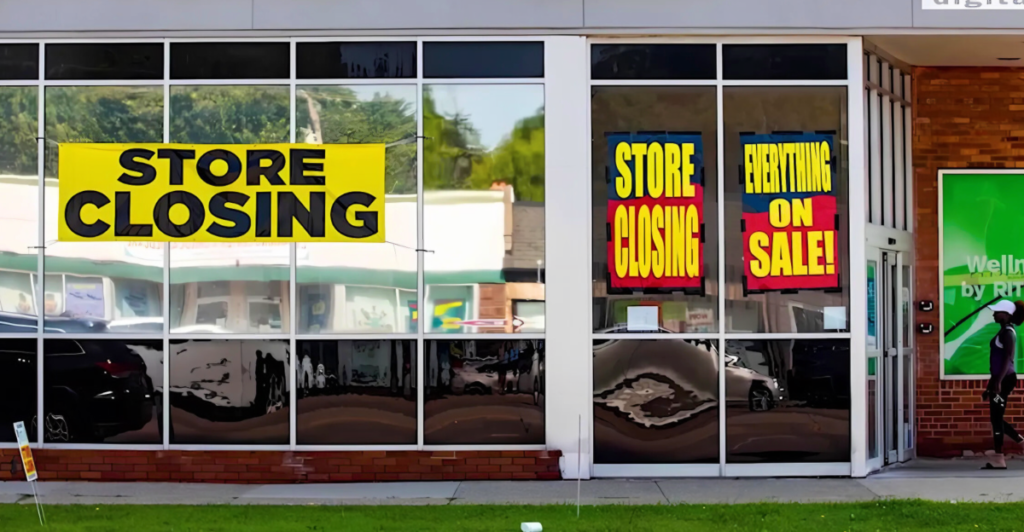
Rite Aid used to be one of the biggest pharmacy chains in the United States, but is now on the brink of closing all of its locations. The void that the absence of these stores could leave many residents in the U.S. without access to prescription medications.
What started out as a business failure could potentially lead to a health crisis, with nearly half of all American counties already having pharmacy desert areas with no access to medication within 10 miles.
With Rite Aid pulling out of 15 states, these deserts could crop up in new places, leaving many vulnerable to health issues.
Domino Effect
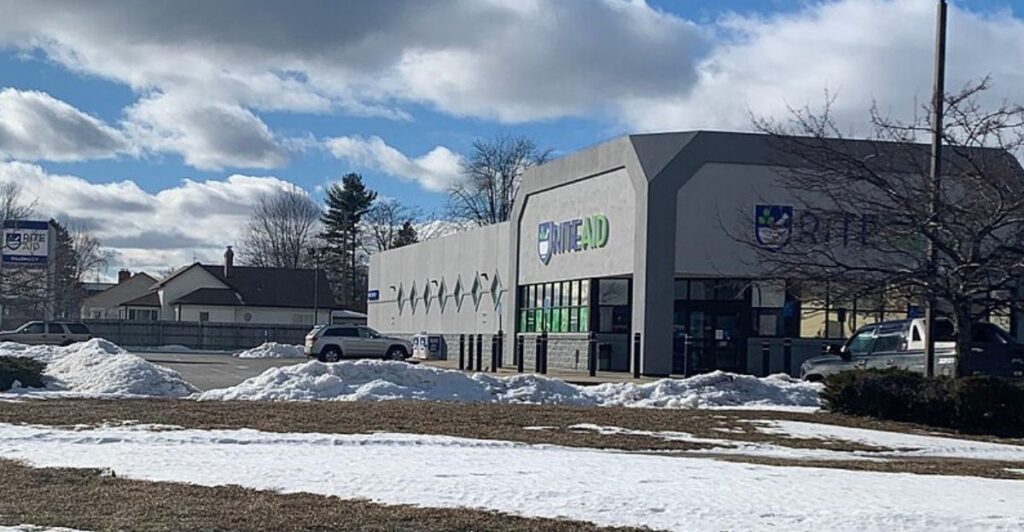
Pharmacy closures have gone up dramatically in the last ten years. Almost one in three U.S. retail pharmacies has closed its doors since 2010, with this rate only doubling in recent years.
Huge pharmacy chains like Rite Aid were previously thought too big to fail, but they are now facing shrinking profit margins and competition from online medication sales.
Economic Pressures
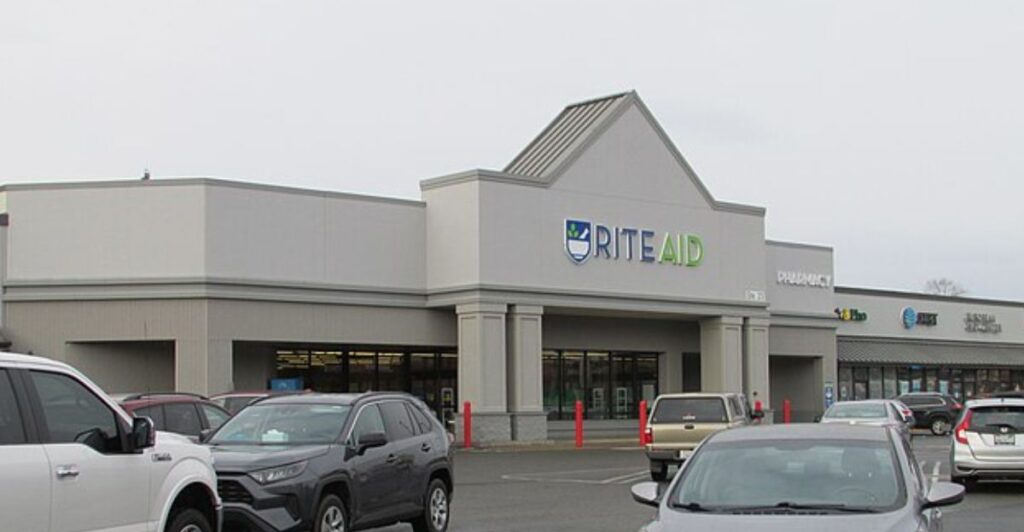
Rite Aid’s downfall comes from relentless economic factors, including declining drug margins, competition from big companies like Amazon and Walmart, and lawsuits collected over the years, especially recent ones involving opioid dispensing.
After restructuring and a previous bankruptcy, Rite Aid has emerged out of all this with $2.5 million in debt. The company nearly halved their stores across 2023 to 2025, which reflects that their business model cannot adapt to the strenuous factors at play.
What Are Medication Deserts?
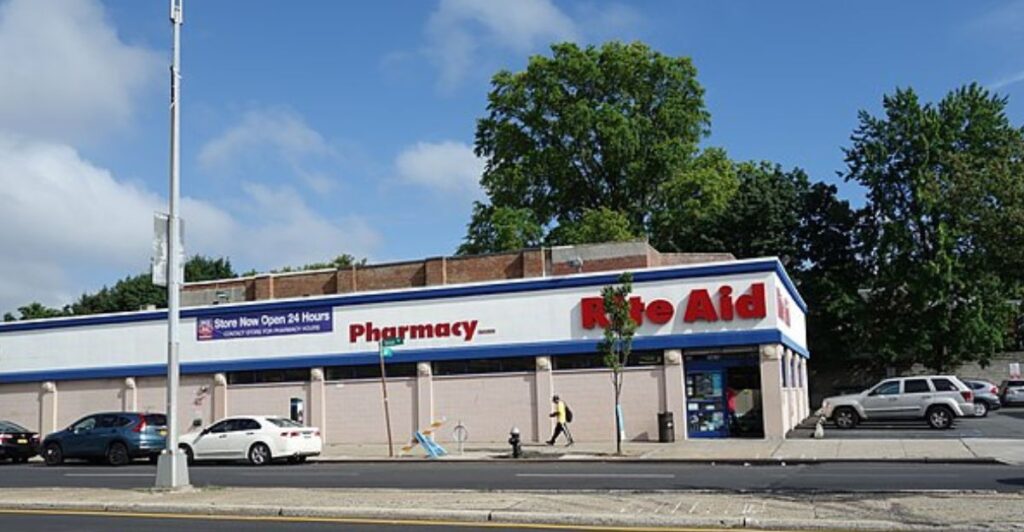
Medication deserts are places where people cannot easily find pharmacies, which is becoming an increasingly serious problem in many places in the United States.
As Rite Aid closes its doors, these deserts will only become more of a problem, especially in rural areas that already had little to no options to choose from. People affected will now have to travel unreasonably far to pick up essential medication that could be keeping them in good health.
Who Will Be Affected?
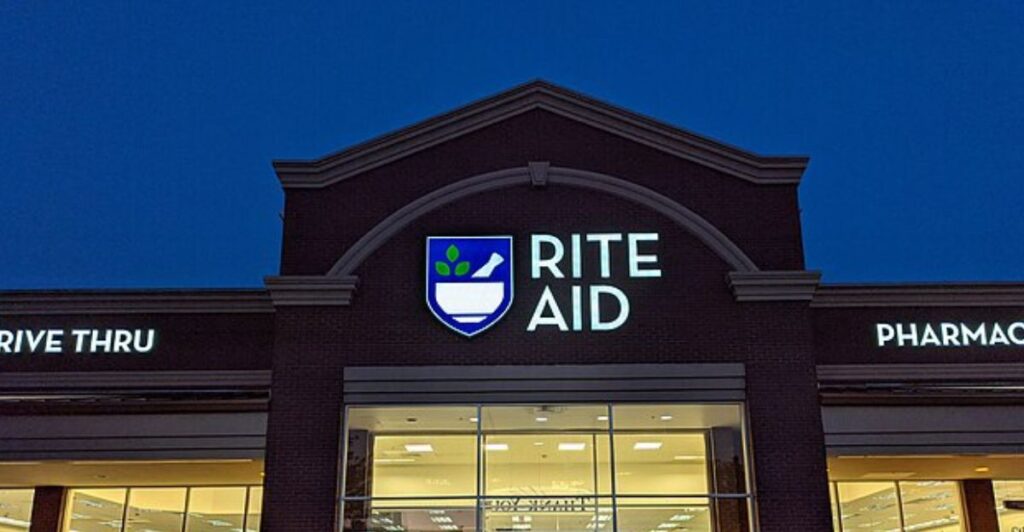
The ones that will be hit the hardest by Rite Aid’s closing will be small towns and minority communities. Many of these areas already don’t have easy access to medication, and now this may only be exacerbated.
This will lead to some being unable to go to pharmacies and an overall decline in health as a result. In Ohio alone, 180 Rite Aid stores are closing, leaving towns like New Lebanon without a nearby pharmacy.
What Happens When Pharmacies Close?
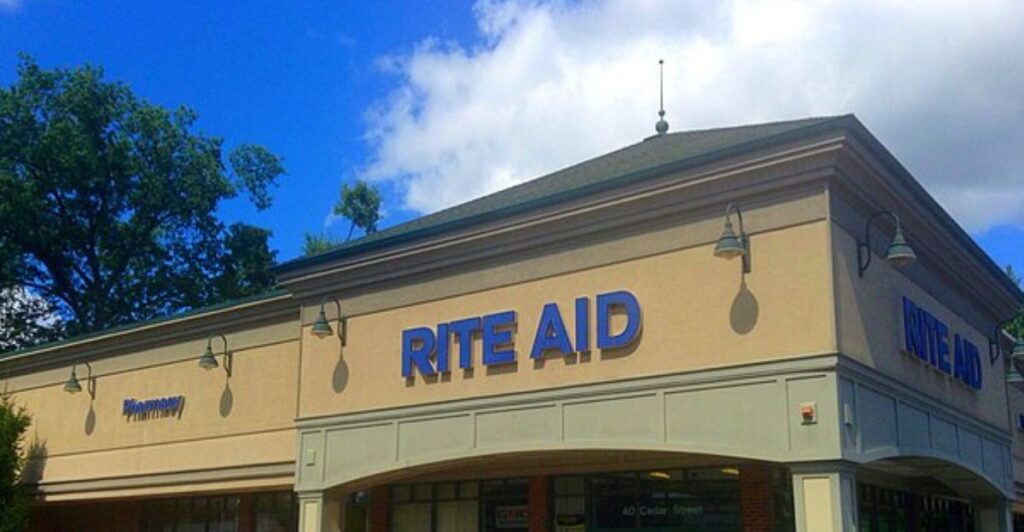
With no pharmacies around, people won’t be able to take every dose or stop taking medication altogether. This will mean that many populations will become more vulnerable to illness, which will put more strain on hospitals and higher medical costs for those who already struggle to make ends meet.
Research has shown that ignoring medication costs the U.S. healthcare system billions of dollars each year, and poor access to pharmacies only intensifies the problem.
What About Healthcare?

Clinics and hospitals will have unnecessary pressure put on them as residents who can’t take their medication are admitted for illnesses that were preventable. These patients will flood emergency rooms, and could leave clinics and hospitals understaffed as a result.
Pharmacies don’t just sell prescriptions; they also provide vaccines and health advice, which are essential to many who can’t afford hospital visits. These resources will disappear entirely in medication deserts.
Economic Fallout
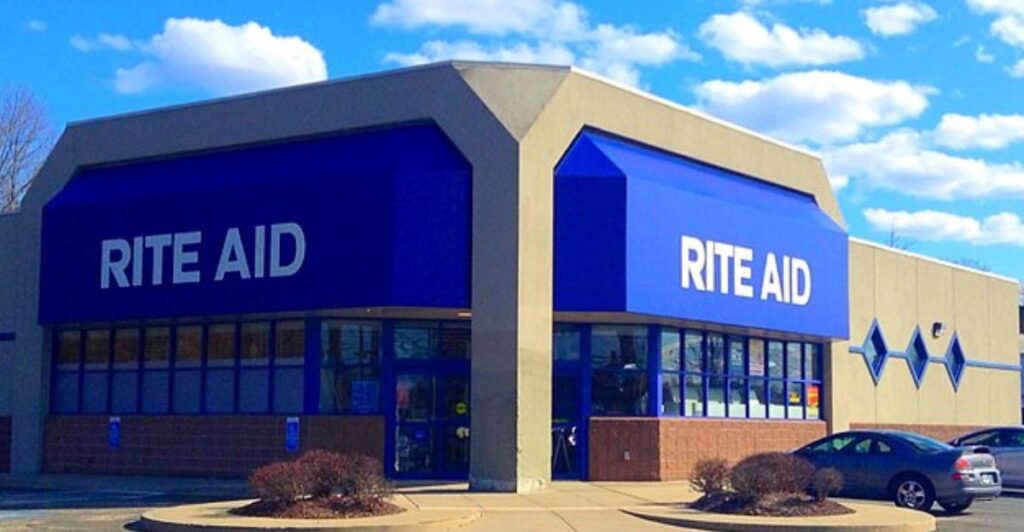
Not only will those who need medication be affected. Local economies will see a downturn as Rite Aid and many other pharmacies close, laying off people who depend on the jobs and weakening the economy overall.
Pharmacies are often anchor stores and support other businesses around them. Without these pharmacies, other businesses may see less foot traffic, and property value could lower as a result.
What Can Fix This?
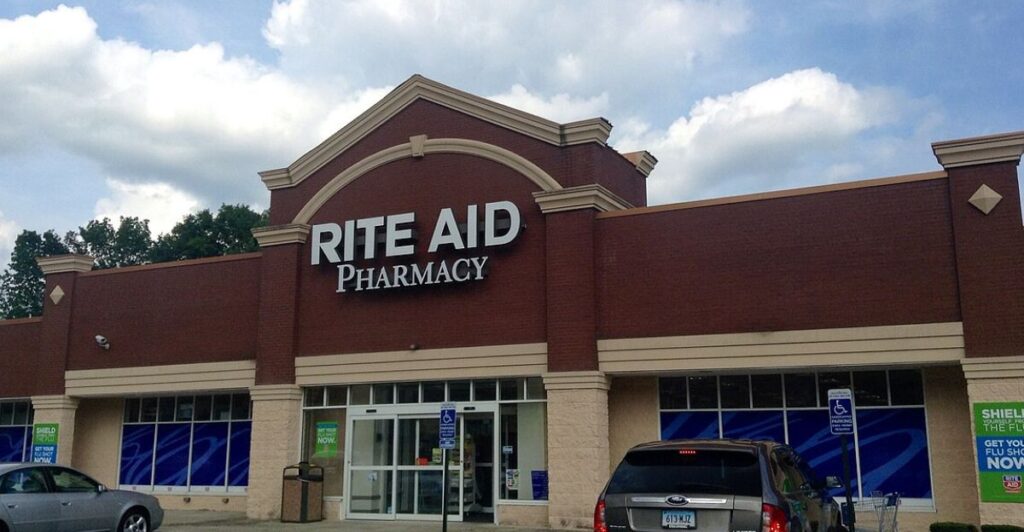
Many argue that with the rise of online pharmacies and deliveries, medication deserts will shrink. However, although many pharmacies were located, including Rite Aid stores, there is little access to the internet, especially for the elderly and the impoverished.
Other people simply cannot wait days for medication to arrive, and in some areas, remote delivery is a logistical nightmare, preventing availability altogether.
Independent Pharmacies
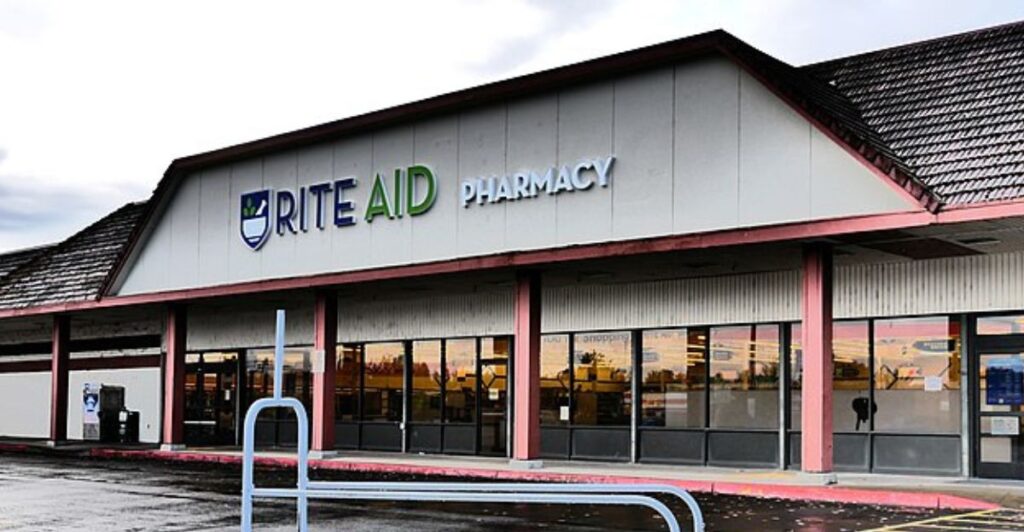
While big pharmacy chains go out of business, the torch for accessible medication could fall upon local and independent pharmacies. However, these pharmacies face low payments from insurers, staff shortages, and limited medication when compared to pharmacy giants.
Many small pharmacies may not be able to cope with a large growth in customers, so a gap in care will still manifest in one way or another.
Lessons From Food Deserts
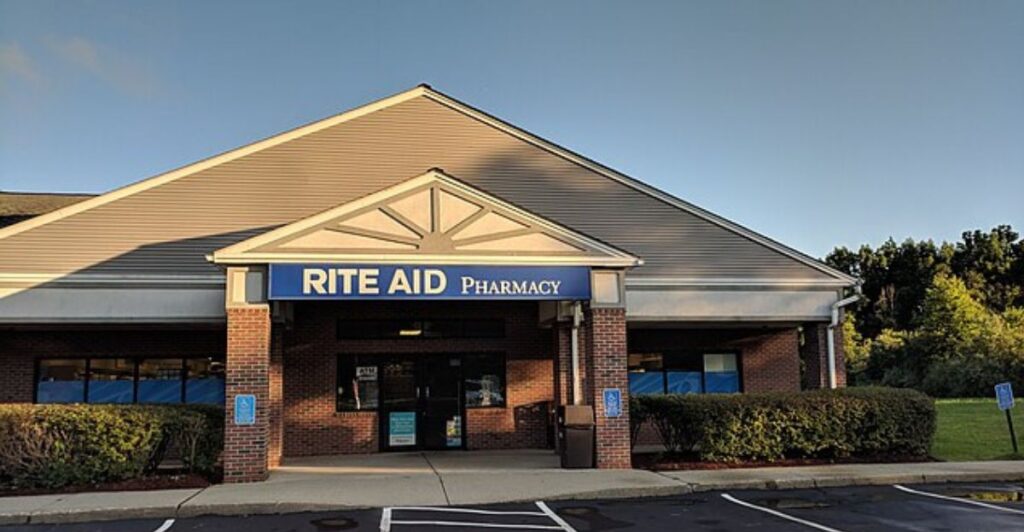
Medication deserts cropping up are a lot like historical and ongoing food deserts in the United States, where stores that sell everyday essentials, liek food, are disappearing from poor and rural areas.
If these both work in tandem, then some residents could be left without proper medication care and food access. These factors prove that essential services cannot rely on only big, profit-driven companies and that more support is needed.
What Consumers Should Do
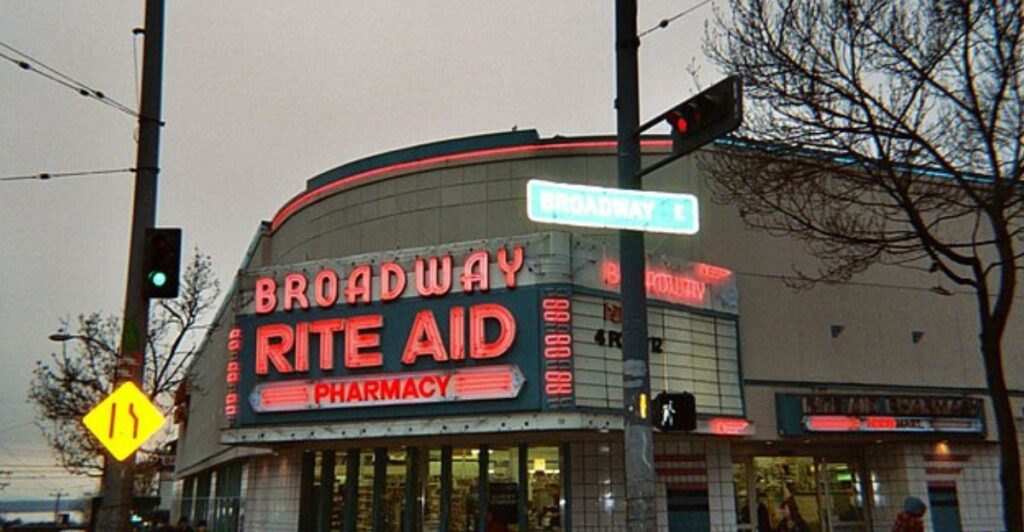
Rite Aid customers should act quickly and look for alternatives in their area. They should transfer their prescriptions to any other nearby pharmacies so that there is no gap in medication care.
Some stores should still remain open for a few months, but a proactive approach is needed as shelves start to empty and don’t get restocked with essentials. Furthermore, gift cards and rewards will no longer work soon, so customers must spend them before it’s too late.
Rite Aid’s Actions
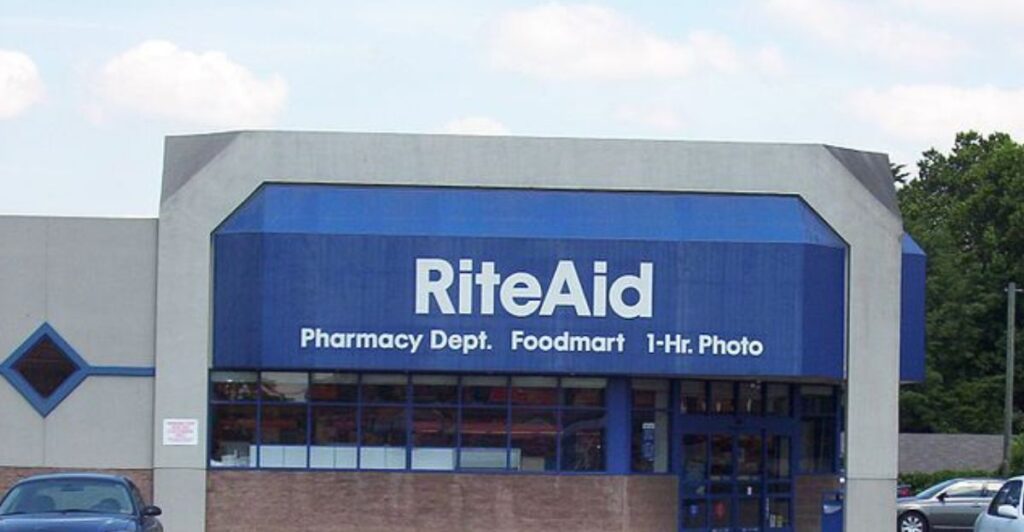
Rite Aid plans to sell its stores and customer prescription files to other pharmacies or grocers that dispense medication. They want to make the transition smooth, and currently will still fill out prescriptions and dispense medication, but that won’t last forever.
Many details are still up in the air, but the company is trying to keep as many people employed during this time.
Consequences Beyond Rite Aid
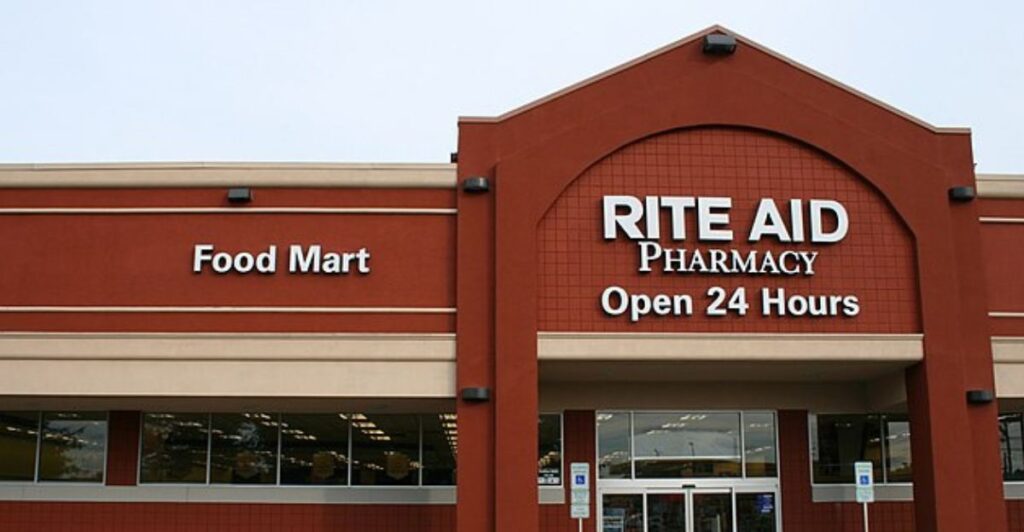
The collapse of Rite Aid could just be the start, as many other pharmacies have been closing in recent years, showing a trend. Chains like Walgreens and CVS are also reducing their reach by closing stores.
The problem could lie in how pharmacies are paid and supported. In the meantime, more communities will face hardship as they lose access to these essential health services.
Discover more trending stories and Follow us to keep inspiration flowing to your feed!

Craving more home and lifestyle inspiration? Hit Follow to keep the creativity flowing, and let us know your thoughts in the comments below!
